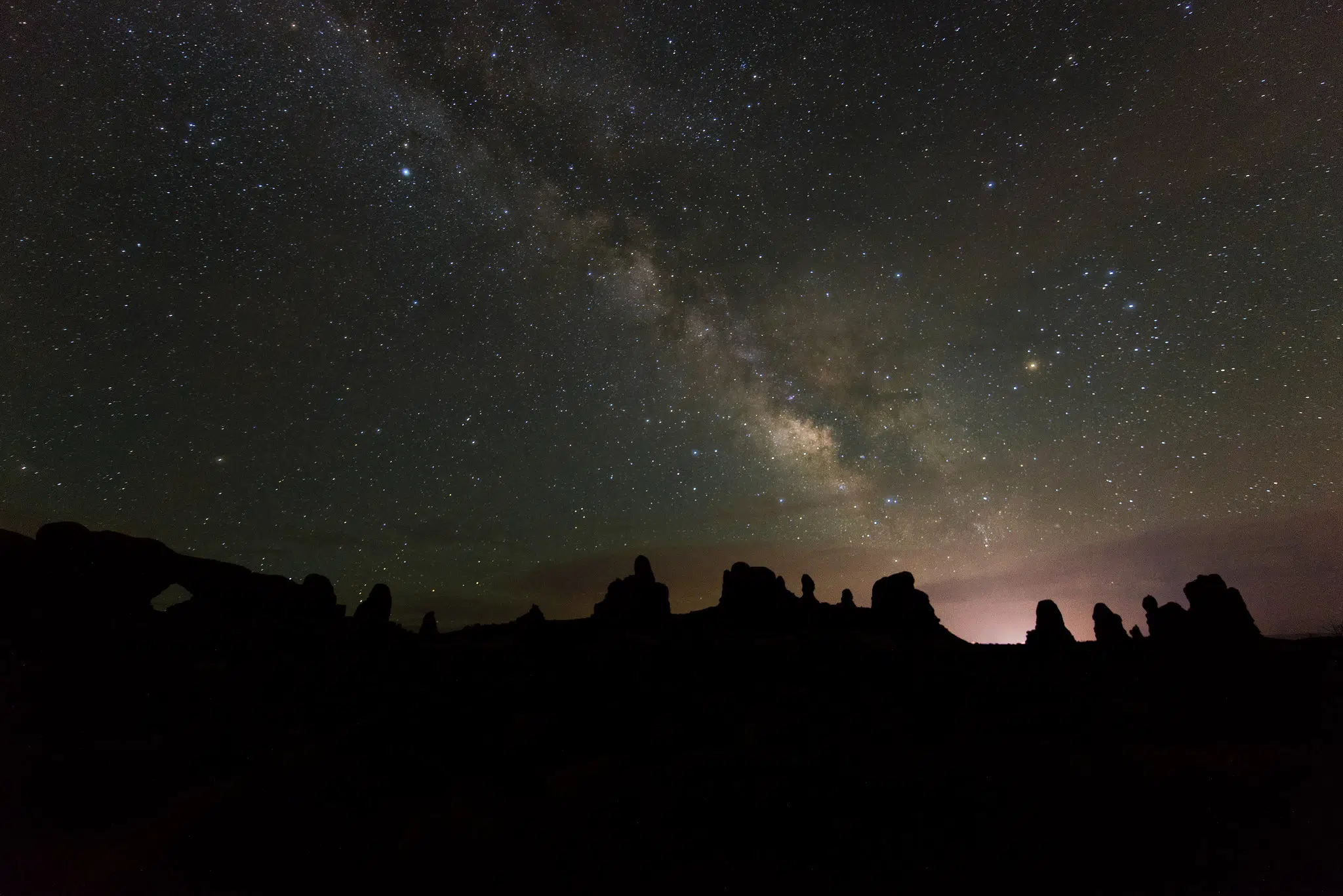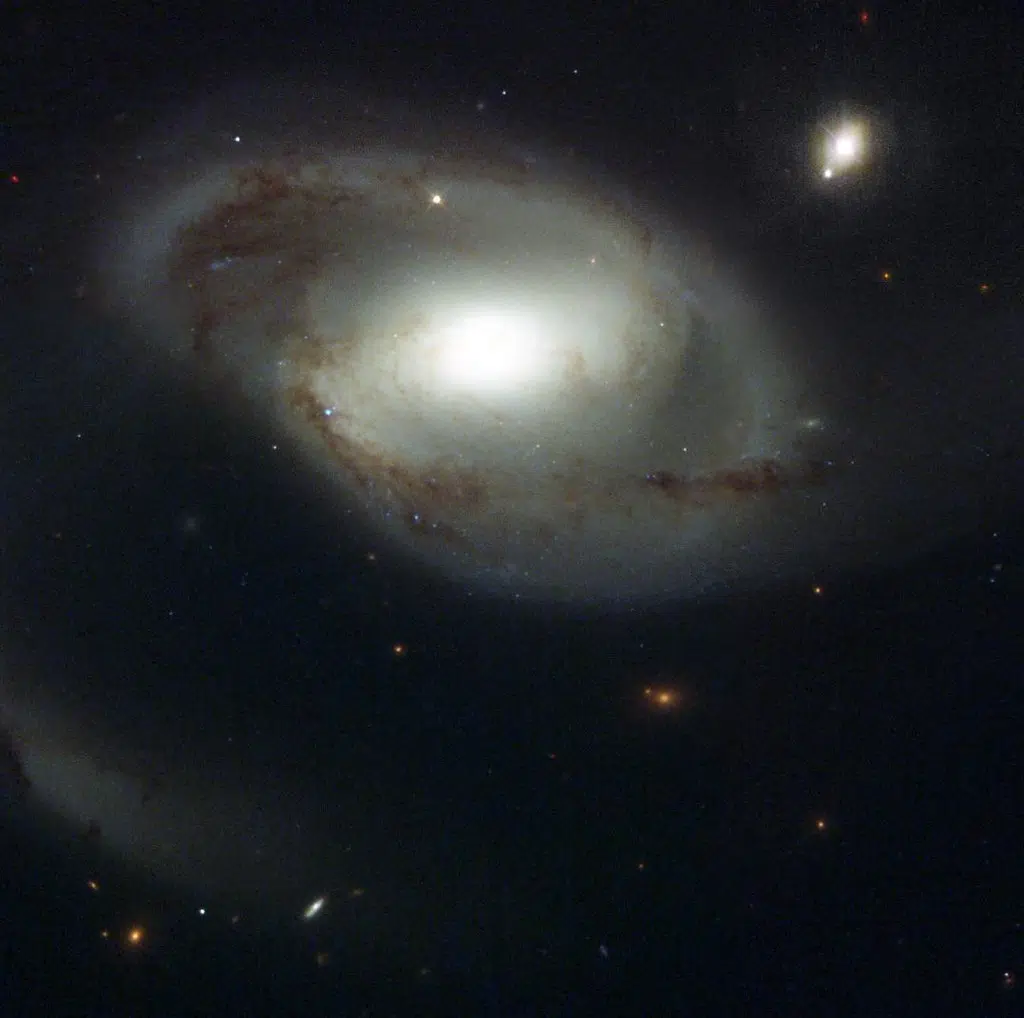
Some of the world’s leading cosmologists are set to convene at London’s Royal Society this week to re-examine the basic model of the universe, which was formulated in 1922 and held that the universe is a vast, even expanse with no notable features.
The concept that everything looks the same everywhere is a fundamental pillar of the standard model of cosmology, which aims to explain the Big Bang and how the universe has evolved in the 13.7bn years since.
However, this week, a gathering of some of the world’s leading cosmologists will take place at London’s Royal Society to scrutinize this original model and draw conclusions about its accuracy.
The meeting follows several high-profile astronomical observations which have challenged the conventional view, according to Professor Subir Sarkar, a cosmologist at the University of Oxford and co-organizer of the meeting, as reported by the Guardian.
“We are, in cosmology, using a model that was first formulated in 1922,” he said. “We have great data, but the theoretical basis is past its sell-by date. More and more people are saying the same thing and these are respected astronomers.”
The meeting will bring together several of the cosmologists responsible for the recent anomalous findings, which include observations that suggest the universe is expanding faster in some areas than others, hints at megastructures in the night sky, and evidence of cosmic flows. The latter being enormous celestial rivers of material on a scale that can not be accommodated within conventional theories.
Cosmologists Responsible for the Anomalous Findings in the Universe
Dr Nathan Secrest, of the US Naval Observatory and a collaborator with Sarkar, will be presenting findings that explore the hypothesis of whether the universe may be slightly lopsided. After examining a catalog of more than one million quasars (luminous galactic cores), his research team discovered that one hemisphere of the sky seemed to house roughly 0.5 percent more sources than the other.

According to Sarkar, if this was confirmed, it would rewrite the basis of dark energy, which is supposed to be the primary component of the universe. “It would mean that two-thirds of the universe has just disappeared,” Sarkar told the Guardian.
Dr Konstantinos Migkas, of Leiden University, will share findings that the Hubble constant – the speed at which the universe is expanding – seems to differ across space. “Our results add another problematic piece to the puzzle,” Migkas said. At a local scale, at least, this suggests that observations do not match predictions of the standard model. “We can’t extrapolate that it’s wrong over the full universe,” he told the Guardian.
PhD student Alexia Lopez, a cosmologist at the University of Central Lancashire, has discovered what seem to be cosmic megastructures in the universe, named Big Ring and Giant Arc. These shapes, traced out by galaxies and galaxy clusters, occur on a scale beyond which the universe should be smooth and effectively featureless.
See all the latest news from Greece and the world at Greekreporter.com. Contact our newsroom to report an update or send your story, photos and videos. Follow GR on Google News and subscribe here to our daily email!



